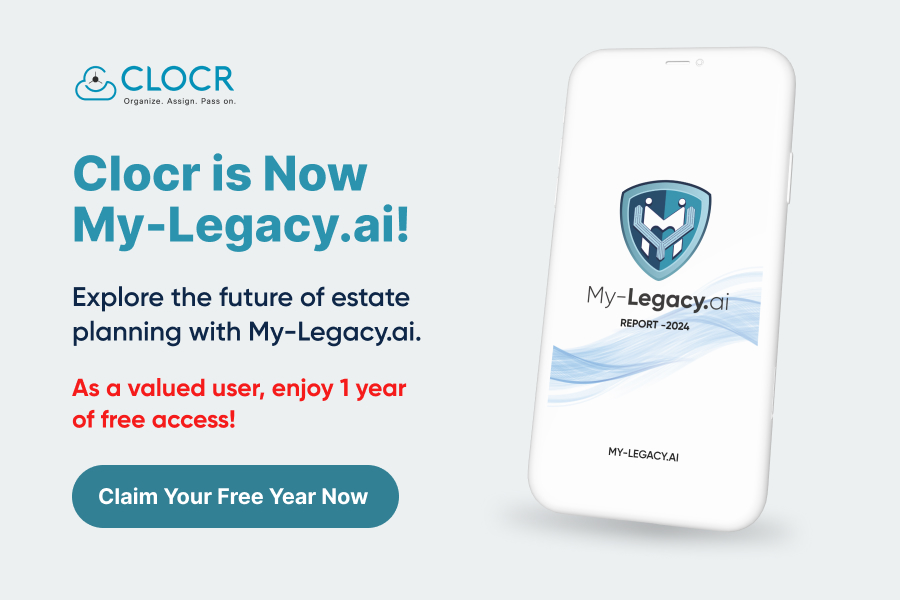It is never too late to start planning for the future.
We hope you are now familiar with What a Digital Estate Plan is and How to create one and secure your Digital Life forever.
By creating a Digital Estate Plan, you are not only making a way to secure your Digital Accounts but also letting your family and friends reminisce about you for a long time. While Traditional Estate Planning puts the spotlight on your physical assets, Digital Estate Planning is purely dedicated to your Digital Assets.
The internet now plays a major role in our lives. Our ‘catching-up-with-friends-and-family’ moments have gone digital, especially during the pandemic and global lockdowns. Our photos and videos are now stored digitally and so is our collection of art work, be it music or digital paintings.
Creating a Digital Estate Plan can sound tedious – after all, we have to make a list of all the Online Accounts we have owned till date. But as is the case in most planning scenarios, the benefits outweigh the inconveniences.
We have listed 5 things for you to remember while creating a Digital Estate Plan. These include:
Use a Password Manager to store your passwords
The first step in creating a Digital Estate Plan involves making an inventory of all the Digital Assets you own. Along with the names of the accounts, you will be listing the emails used to access these accounts, usernames and passwords.
This is where a Password Manager comes to your rescue. Password Managers act as a central hub for all your Digital Assets. All you have to add is add all your Online Accounts, usernames and passwords.
A Password Manager can be accessed by a single password – also known as Master Password.
Access to Master Password
We all know it is not secure to include passwords in a Will. Also, writing down all your passwords in a piece of paper and making sure your beneficiaries receive it after your demise has its own drawbacks.
Password Managers store all your account information securely and you can manage it by a Master Password. By using a Password Manager, you are reducing your beneficiaries’ work of handling your Online Accounts. All you have to do is find a way to include your Master Password in your Digital Estate Planning document and make sure your beneficiary finds it after your demise.
Appoint a Digital Executor
Like how you appoint an Executor for your physical Estate, you can similarly appoint one to handle your Digital Estate. A Digital Executor is someone who would handle and/or manage your Digital Assets after you’re gone.
You can choose individuals to handle specific accounts. For example, you can appoint a Legacy Contact on Facebook to handle your Facebook profile while a Trusted Contact can manage your Google account.
One thing to remember while appointing a Digital Executor: make sure you choose someone who is tech-savvy; someone who knows how to use Social Media and other Online Accounts so that your last wishes are fulfilled as you want them to.
Legacy Policies of Organizations
The need for a Digital Estate Plan has been further fueled by introduction of Legacy Policies by various Organizations. It is always recommended to have a look at each Online Organization’s Legacy Policies before appointing a Digital Executor or including these accounts in your Digital Estate Plan.
Digital Estate Laws of your Country
The need for Digital Estate Planning has generated a lot of traction in the past few years. This has led to the creation of laws that govern an individual’s Digital Estate.
Like, in the USA, we have RUFADAA (Revised Uniform Fiduciary Access to Digital Assets Act) while Canada follows UADAFA (Uniform Access to Digital Assets by Fiduciary Acts.)
Remember, it is never too early or never too late to start planning for your Digital Estate. Sign-up with Clocr and get all the help you need in creating your first Digital Estate.



